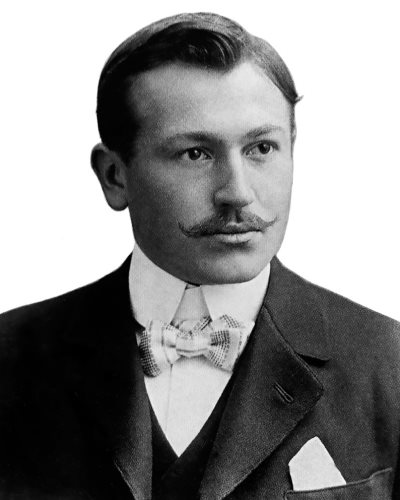The Relationship Between Rolex And Tudor
Let’s explore the fascinating world of two luxury timepieces – Rolex and Tudor.
If you’re a watch enthusiast, you already know that these two brands are legends in their own right. Rolex is renowned for its timeless designs, impeccable craftsmanship, and unparalleled prestige. At the same time, Tudor has earned an impressive reputation for its innovative approach to Swiss watchmaking coupled with its dedication to creating high-quality luxury timepieces for a wider audience.
But did you know that these two brands actually share a unique history and legacy that spans more than a century? That’s right – Rolex and Tudor have always had a special relationship, which has significantly evolved over time, with each brand influencing and inspiring the other in countless ways.
It all started in 1905, when a young German entrepreneur, named Hans Wilsdorf, founded a company in London that specialized in the distribution of timepieces. Wilsdorf had the vision to create wristwatches that were reliable and accurate yet retained the essence of elegance – a new standard for the modern age. Fast forward to 1926, and Rolex was born.
The world-renowned watch brand we now know, began with a single innovation: the Oyster case. This revolutionary design made the watch waterproof, dustproof, and shockproof, thus setting a new standard for durability and reliability. But what about Tudor? In the 1940s, Hans Wilsdorf created Tudor as a sister brand to Rolex, with a focus on creating high-quality timepieces that were both affordable and accessible to a broader audience. And over time, Tudor developed its own distinct identity, with innovative designs and a commitment to quality that mirrored that of its older sibling. Today, both Rolex and Tudor are hailed for their exceptional craftsmanship, timeless designs, and unparalleled prestige. Not to mention, the Rolex and Tudor relationship dynamic is still very much intact, and they’re going as strong as ever.

Initially, Tudor was created as a more affordable alternative to Rolex, however, it quickly developed its own identity and began to influence its older sibling in unprecedented ways. In fact, some of Rolex’s most iconic designs were inspired by Tudor, including the iconic Rolex Submariner. However, it’s definitely not a one-way street – Rolex has also had a profound impact on Tudor’s evolution. From sharing technology and design ideas to collaborating on special editions, these two brands have worked together to push the boundaries of Swiss watchmaking and create truly unique luxury timepieces. But hey, it’s not just a strictly business relationship, either – there’s a genuine sense of camaraderie and mutual respect between Rolex and Tudor. It’s almost like they’re two best friends, pushing each other to be the best they can be. It’s definitely unique, to say the least.
One of the key aspects of the Rolex and Tudor evolution has been their use of technology. From the revolutionary Oyster case to the innovative self-winding movement, these brands have always been at the forefront of horological innovation. And they never stopped. Even recently, they’ve embraced cutting-edge materials and technologies such as ceramic bezels and anti-magnetic alloys. But it’s not just about technology – Rolex and Tudor have also evolved considerably in terms of their designs and aesthetics. From the Datejust’s classic elegance to the Black Bay’s bold sportiness, these brands have always had a keen eye for style and design. And they’ve continued to consistently push the envelope in recent years with new colors, materials, and finishes that keep their timepieces fresh and exciting.
Rolex emphasizes timeless designs and iconic models, such as the icon Submariner and the Datejust. The brand is also known for its meticulous attention to detail, with each timepiece crafted to the highest standards of precision and durability. Tudor, on the other hand, has a more varied product range that includes both classic and contemporary designs. The brand is inclined more towards the experimental side with its materials and finishes – incorporating anything and everything from bronze to even matte black PVD into its timepieces.
Despite the brands unique collaboration, each has managed to maintain its own distinct identity and style while still continuing to influence and inspire each other. However, despite these differences, there’s no denying that Rolex and Tudor share a common DNA. They have a long history of excellence in Swiss watchmaking. One thing remains constant: their commitment to exceptional craftsmanship and timeless style.

